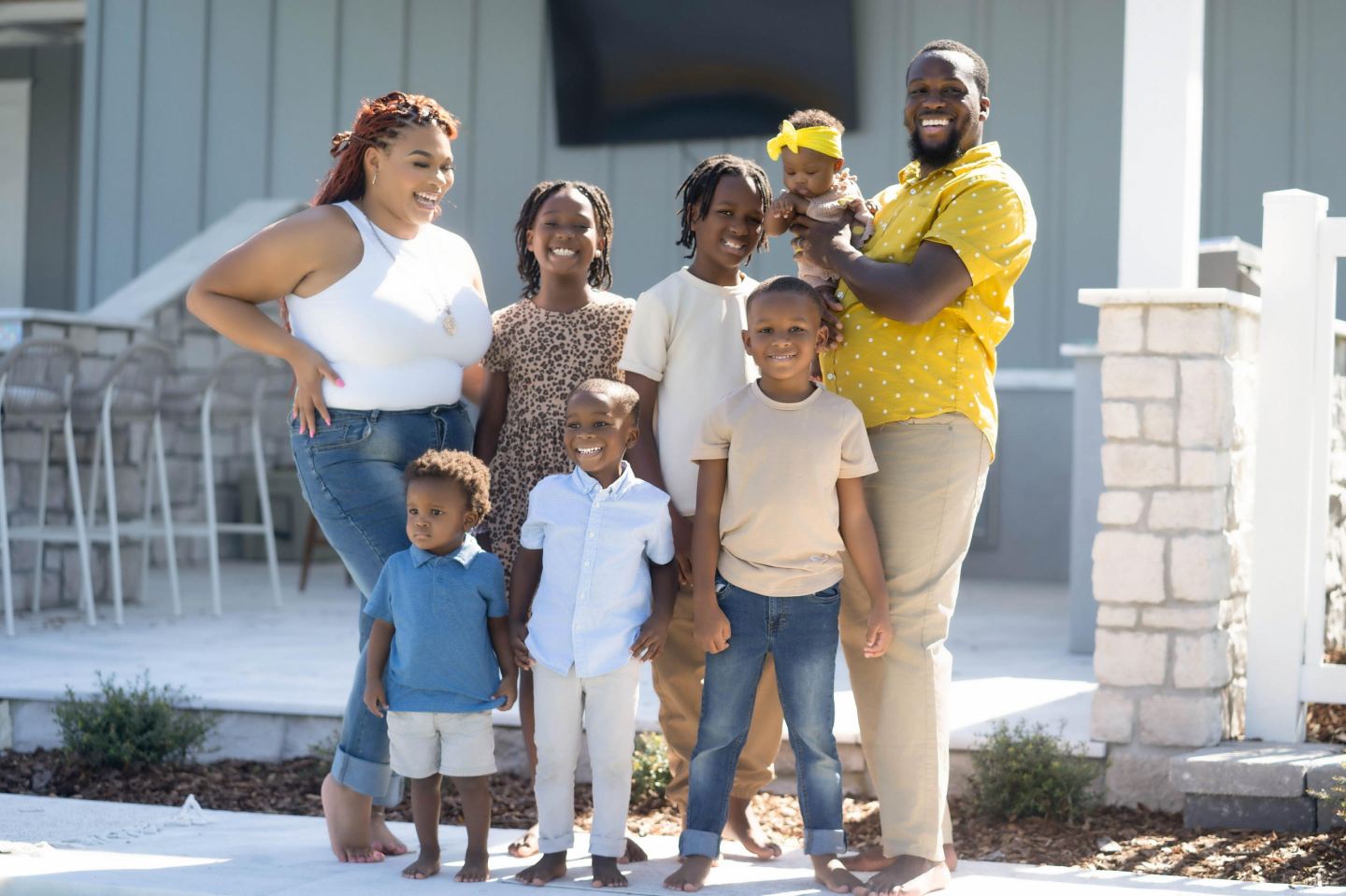Good morning!
More senior workers are staying in the workforce than ever before, and that may be a “win-win” for employers and workers alike, writes my colleague Alexa Mikhail for Fortune’s February and March 2024 print issue.
Around one-fifth of Americans ages 65 and older are still working, nearly double the number compared to three decades prior, according to a recent survey from Pew Research. Some senior employees may need to work to help pay for caregiving expenses or to simply support our longer lifespans, which traditional retirement can’t provide for. Others choose to work for social connections or to have a sense of purpose.
“I think that the days of retirement being a one-time, one-way exit and then you’re done are over,” Elizabeth White, author of 55, Underemployed, and Faking Normal, tells Mikhail.
In return for hiring older workers, employers get a more loyal, less attrition-driven, and happier workforce. Companies whose workforces comprised 10% or more of older workers had a 4% lower turnover rate compared to companies with a lower proportion, according to the Organization for Economic Cooperation and Development. Older workers also experience lower burnout rates: Baby boomers report the lowest levels of burnout and highest engagement levels at work compared to other generations, according to a 2022 Gallup survey.
Plus, there’s a benefit to having a more age-diverse workforce: U.K. teams with an age range of 25 years or greater exceeded management’s expectations 73% of the time, while teams with age gaps of 10 years or less exceeded expectations just 35% of the time, according to a 2020 International Longevity Centre study.
But employers will have to put in the work to make their workforce age inclusive. Around 82% of workers aged 50 to 80 report experiencing at least one form of ageism in their daily lives, according to a poll from the University of Michigan. And one in six older adults believe they haven’t gotten a job because of their age, according to AARP data.
Some companies have started offering programs or benefits aimed at attracting aging workers. Northrup Grumman’s iReturn program, which trains and mentors mid- to late-career workers who have taken a career break of two years or more, has led to an 80% retention rate since 2017. And KPMG’s caregiver concierge benefits help attract and retain workers navigating caregiving logistics and challenges.
“We are in a war for talent continually, and that war for talent gets lost, which has a direct effect on the bottom line if the people at your company don’t feel like they belong,” says Jessica Kriegel, the chief scientist of workplace culture at Culture Partner.
Read the full story here.
Paige McGlauflin
paige.mcglauflin@fortune.com
@paidion
Around the Table
A round-up of the most important HR headlines.
- Over 20,000 California State University students are voting on whether to form the largest U.S. undergraduate union in the country. They’re demanding raises and benefits amid high costs of living and tuition rates. —Bloomberg
- Thursday was an ugly day for layoffs. Microsoft laid off 1,900 Activision Blizzard and Xbox employees, accounting for 8% of its overall gaming division. Business Insider and REI also announced staff cuts. —The Verge, New York Times, Seattle Times
- Faster isn't always better. Here are eight occasions where workers ought to take their time and think more deeply. —Wall Street Journal
- Following an investigation into bullying and homophobia in the Bank of Montreal’s workplace, six bankers have been fired or resigned. —Bloomberg
Watercooler
Everything you need to know from Fortune.
College comeback. U.S. college enrollment increased 1.5% last year—an uptick after decade-long dwindling enrollment and a recent shift to skills-based training. —Irina Ivanova
New wealthy. For U.S. adults, “making it” no longer equates to buying a house or lamborghini—for many, it means finally achieving financial independence. —Orianna Rosa Royle
Power trip. A new survey shows most generations think they’re in control at the workplace—but by working middle manager positions, Gen X knows what coworkers want and how to influence others. —Chloe Berger
This is the web version of CHRO Daily, a newsletter focusing on helping HR executives navigate the needs of the workplace. Sign up to get it delivered free to your inbox.













